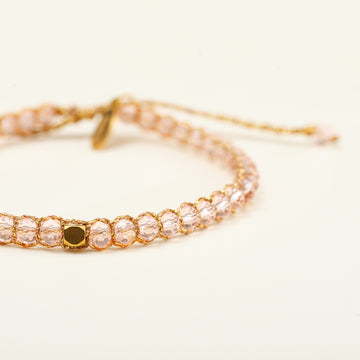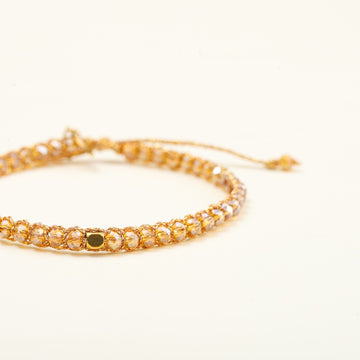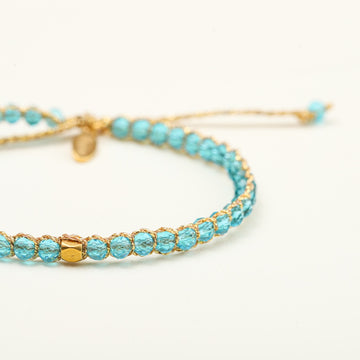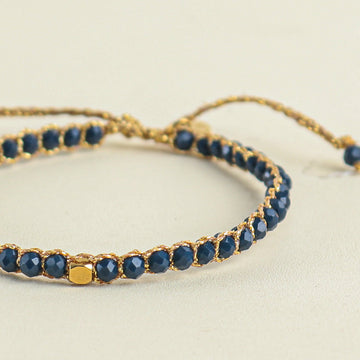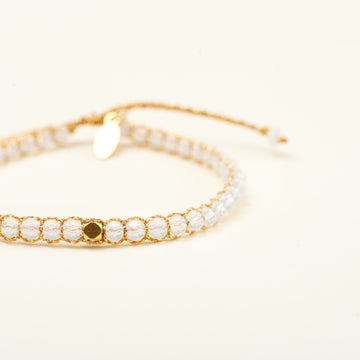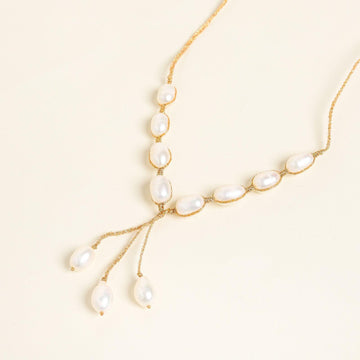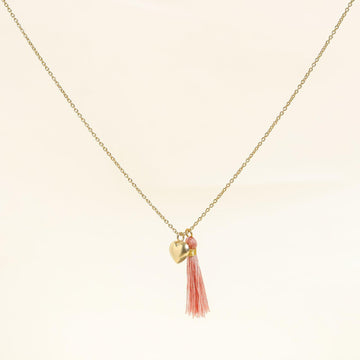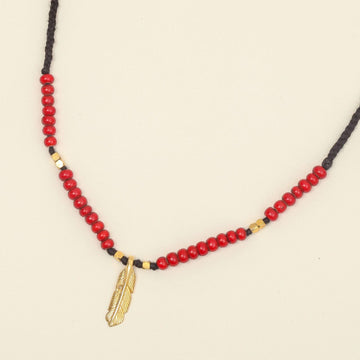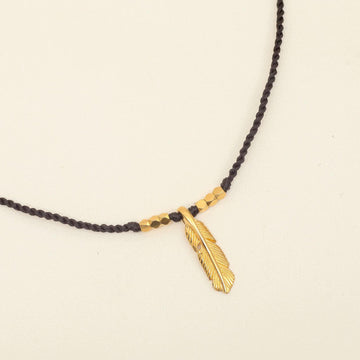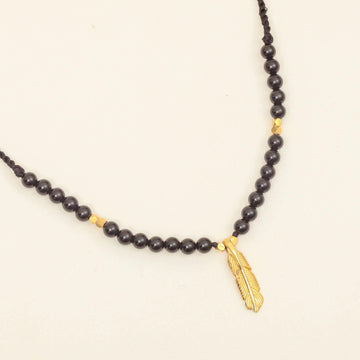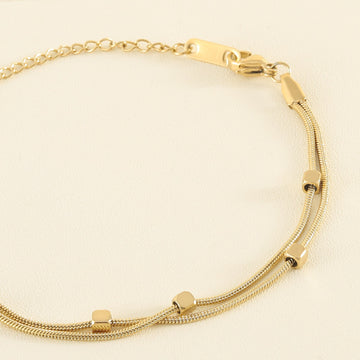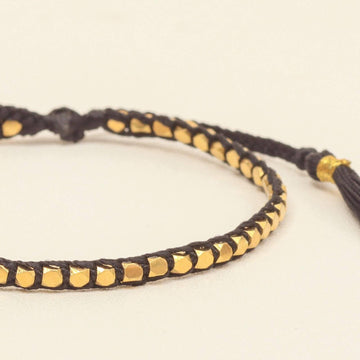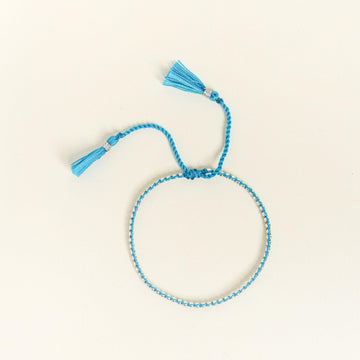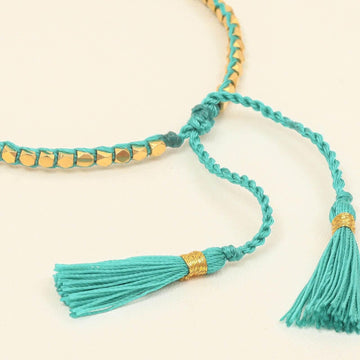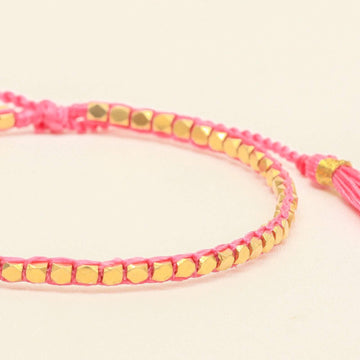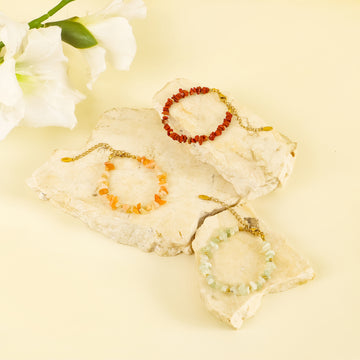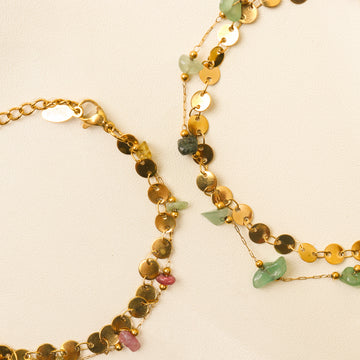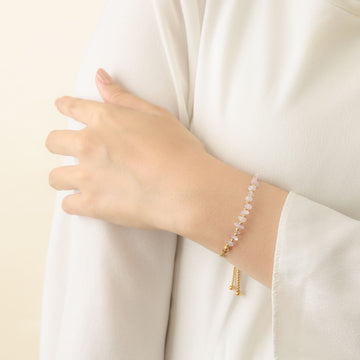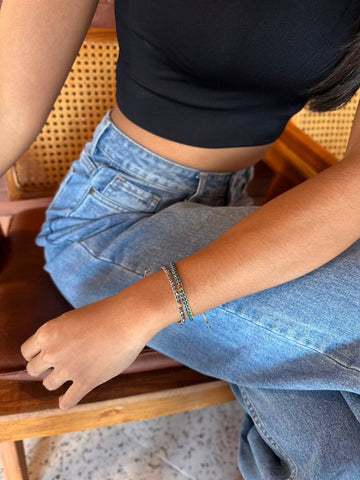How Often Should You Replace or Restring Your Gemstone Bracelet?
by Praijing Jewelry on Oct 22, 2025
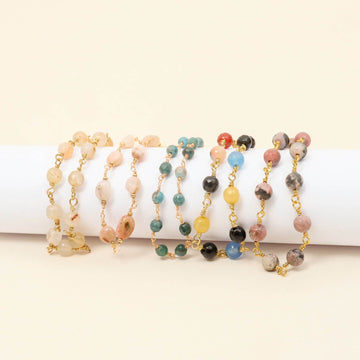
How Often Should You Replace or Restring Your Gemstone Bracelet?
Introduction – When “Forever Jewelry” Still Needs Care
You may have bought your gemstone bracelet thinking it’ll last forever — after all, gemstones are ancient and timeless.
But here’s the truth: while the stones can indeed last a lifetime, the string that holds them cannot.
Just like anything we wear daily, bracelets stretch, loosen, and age. The good news? You don’t need to replace the whole piece — a simple restringing can bring it back to life.
Understanding when and why to do it helps you protect both the beauty and the energy of your bracelet.
1. Why Gemstone Bracelets Need Restringing
The gemstones themselves are strong, but the connecting material — usually elastic cord, silk thread, or nylon wire — naturally weakens over time.
Common reasons include:
-
Constant stretching: every time you put it on or take it off.
-
Exposure to sweat, water, or lotion: moisture breaks down elasticity.
-
Heat and humidity: especially in tropical climates, which soften the cord.
-
Friction between beads: the tiny movements slowly wear the string.
💡 Think of it like shoelaces on your favorite sneakers — the design stays, but the thread eventually gives out.
2. Signs It’s Time to Restring
Not sure whether your bracelet needs attention?
Here are clear signs to look out for:
-
Loose fit: it slides down your wrist more than it used to.
-
Visible gaps: the string peeks out between beads.
-
Loss of elasticity: it no longer returns to its original shape.
-
Faded or frayed thread: especially near the knot.
-
Knots turning stiff or white: a sign of tension and old elastic.
⚠️ If you see one bead starting to separate from the rest, stop wearing it. It’s a sign your bracelet is one strong stretch away from snapping.
3. How Often Should You Restring It?
Frequency depends on how often you wear it and your lifestyle.
| Usage Type | Recommended Restringing Interval |
|---|---|
| Everyday wear (daily use, tropical climate) | Every 6–8 months |
| Moderate wear (a few days a week) | Every 10–12 months |
| Occasional wear (special occasions only) | Every 1.5–2 years |
| Stacked bracelets or heavy beads | Every 6 months max |
💎 The more often you wear it, the more love and maintenance it deserves.
4. How to Make Your Bracelet Last Longer Between Restringing
You can extend its life by giving it small daily kindnesses:
✅ Roll it on and off — don’t stretch it open over your hand.
✅ Avoid water and sweat — remove it before showering, swimming, or workouts.
✅ Keep away from lotion or perfume — chemicals weaken elastic.
✅ Store it flat or on a soft pouch — never hang, to prevent tension.
✅ Clean gently with a soft cloth to remove skin oil buildup.
These little habits protect both the elastic and the energy of your bracelet.
5. What Happens During a Restringing Process
A proper restringing is not just about swapping strings — it’s about restoring harmony:
-
Each gemstone bead is cleaned and re-polished.
-
The thread or elastic is replaced with a fresh, durable one.
-
Knots are retied securely (and sometimes sealed for extra hold).
-
The bracelet is rebalanced, ensuring symmetry and comfort.
💫 Some people even take this as an opportunity to reset their intention — treating the restringing as both a repair and a renewal ritual.
6. Can You Restring It Yourself?
Yes — but with care.
If you’re experienced with jewelry tools, you can use strong elastic cord (0.7–1mm), a beading needle, and secure knots (like surgeon’s knot + glue).
However, for high-value or sentimental bracelets, it’s safer to have professionals handle it.
A skilled artisan understands gemstone hardness, tension balance, and proper finishing — ensuring your bracelet stays both durable and beautiful.
7. When Replacement Is Better Than Restringing
Sometimes, a bracelet is simply at the end of its wearable life. Consider replacing it when:
-
Several beads are cracked or chipped.
-
Elastic has snapped multiple times.
-
Metal spacers are corroded or discolored.
-
The overall design feels unbalanced after years of wear.
Replacing doesn’t mean losing the energy — you can reuse the original gemstones in a new design, keeping the meaning alive in a refreshed form.
Closing – Care Is the Real Luxury
A gemstone bracelet isn’t meant to be worn carelessly — it’s meant to accompany you through time, evolving with your story.
Restringing is not a flaw; it’s a ritual of renewal.
It means your bracelet has been loved, used, and part of your life long enough to need a little restoration.
Because the truest form of beauty — just like energy — lasts longer when we care for it.
💎 Praijing Jewelry, handcrafted in Bali — made to move with your life, not against it. Each piece is designed for timeless wear, with easy care and conscious renewal in mind.
